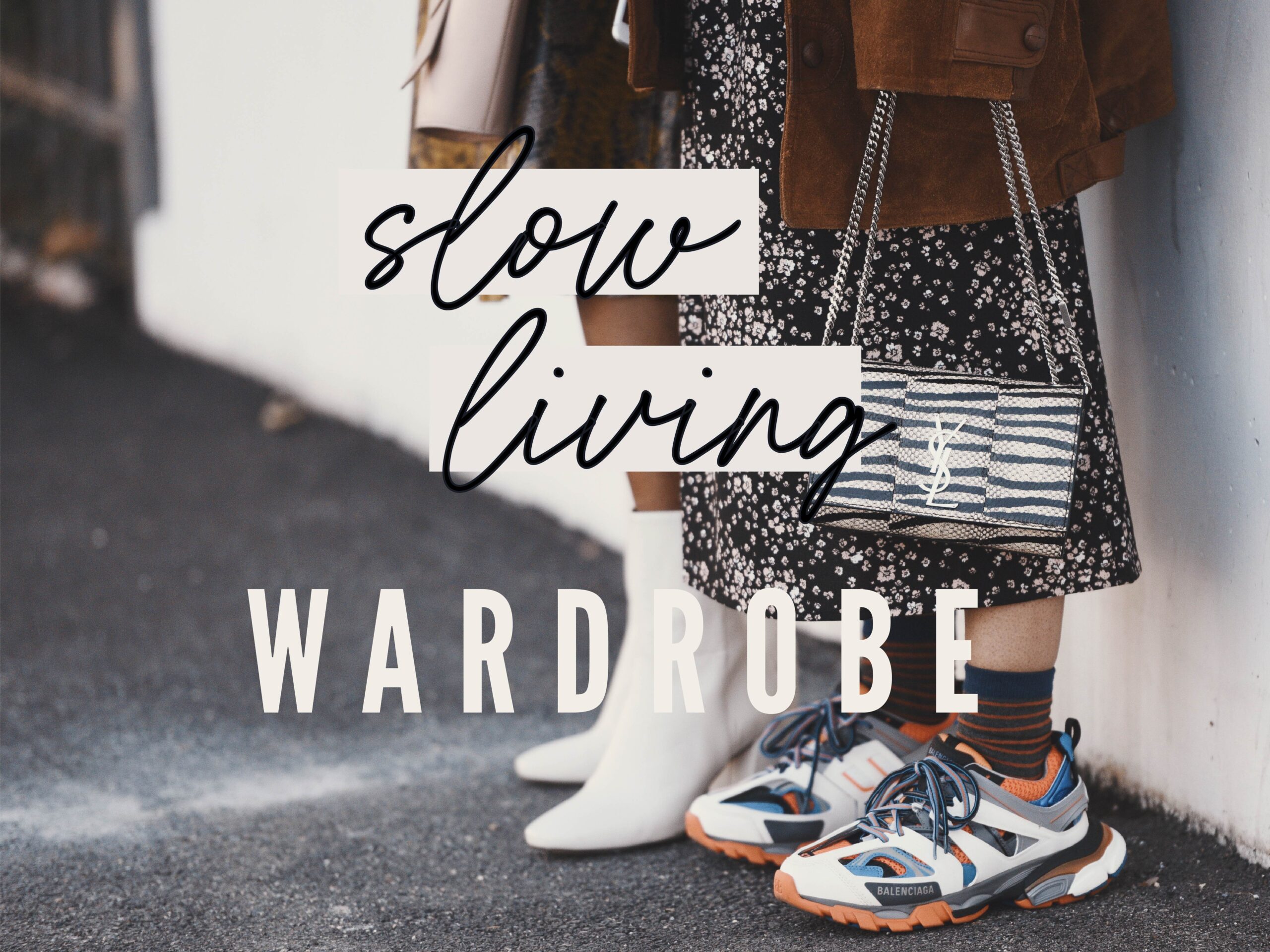Streamline Your Basics
In the midst of a fast-paced world, the concept of slow living has gained popularity, encouraging us to embrace simplicity and mindfulness. One area where we can apply slow living principles is our wardrobe. By creating an eco-conscious minimalist wardrobe, we prioritize quality, sustainability, and intentional choices. In this prompt, we’ll explore the importance of staple items, clothing rentals, shopping second hand, and caring for your clothing to build a sustainable wardrobe that aligns with the principles of slow living and minimalism.
The Significance of Staple Items
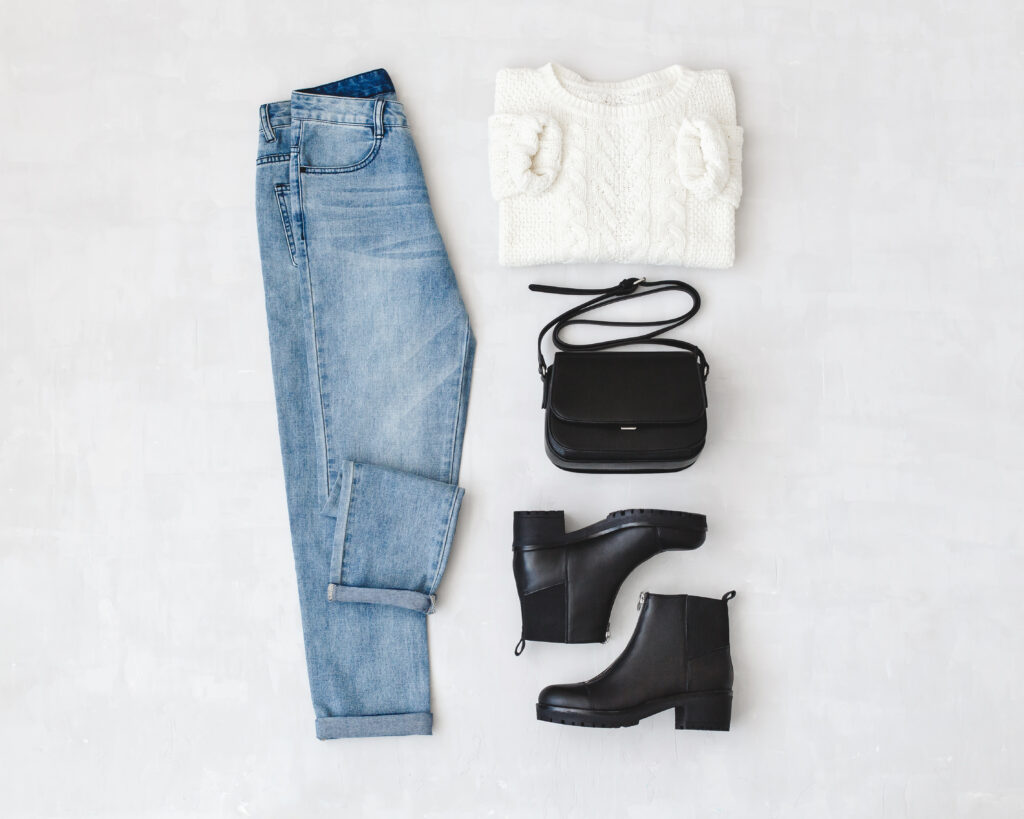
Staple items form the backbone of an eco-conscious minimalist wardrobe. These are versatile, timeless pieces that can be effortlessly mixed and matched to create various stylish outfits. By investing in staple items, you reduce the need for excessive shopping and contribute to a more sustainable fashion industry.
Opt for well-constructed garments made from sustainable materials such as organic cotton, recycled polyester, or other fabric choices listed below. Classic pieces like a white button-down shirt, a black blazer, a high-quality pair of jeans, or a little black dress are timeless additions that withstand changing trends. These staples can be dressed up or down, ensuring longevity and reducing the need for frequent replacements.
When shopping for sustainable clothing, there are several fabric choices that are known for their eco-friendliness. Some sustainable fabric choices to consider when shopping for eco friendly clothes are listed below!
Sustainable Fabrics:
- Organic Cotton: Grown without the use of synthetic pesticides or fertilizers, organic cotton is environmentally friendly and reduces the exposure of farmers and workers to harmful chemicals.
- Linen: Made from the flax plant, linen is a natural and biodegradable fabric. It requires fewer resources, such as water and energy, to produce compared to other fabrics.
- Hemp: Hemp is a highly sustainable fabric as it grows quickly and requires minimal water and pesticides. It is also naturally resistant to pests, reducing the need for chemical treatments.
- Tencel (Lyocell): As mentioned earlier, Tencel is a brand name for a type of lyocell fabric made from sustainably sourced wood pulp. It has a closed-loop production process that minimizes waste and uses less water compared to other fabrics.
- Bamboo: Bamboo fabric is known for its rapid growth and minimal need for pesticides. However, it’s important to look for bamboo fabric made using a closed-loop production process to ensure its sustainability.
- Recycled Polyester: Made from recycled plastic bottles or other post-consumer waste, recycled polyester reduces the demand for new petroleum-based fibers and helps divert waste from landfills.
- Recycled Nylon: Similar to recycled polyester, recycled nylon is made from post-consumer waste, such as discarded fishing nets and carpets. It reduces the environmental impact associated with the production of virgin nylon.
- Modal: Modal is a type of rayon made from sustainably harvested beech trees. It has a softer feel compared to regular rayon and requires less water and energy during production.
These are just a few examples of sustainable fabric choices. When shopping for sustainable clothing, it’s also important to consider the overall production practices, such as fair labor conditions and responsible manufacturing processes, to ensure a more sustainable and ethical purchase.
Embrace Clothing Rentals
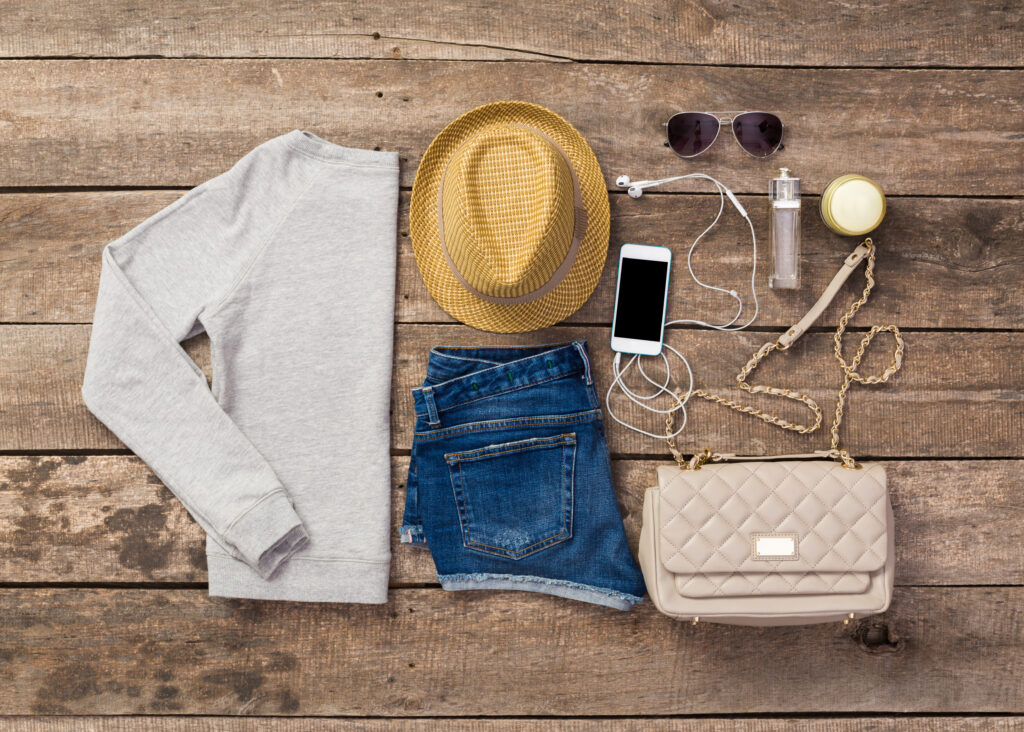
By renting clothing, you can effortlessly rotate your wardrobe, experiment with different styles, and embrace a mindful and eco-friendly lifestyle that aligns with the principles of slow living. Explore how the sustainable practice of clothing rentals offers the perfect solution to curate a minimalistic wardrobe, allowing you to savor quality over quantity, reduce clutter, and embrace a more intentional and sustainable approach to fashion.
Some of the best clothing rental companies known for their sustainable practices and circular economy business models are listed below.
Clothing Rental Brands:
- Rent the Runway: Rent the Runway offers a wide selection of designer clothing and accessories for rent. They promote sustainability by encouraging consumers to rent clothes for special occasions instead of buying new items that might only be worn once. They also focus on extending the lifespan of garments through proper care and maintenance.
- Le Tote: Le Tote is a subscription-based clothing rental service that allows customers to rent and wear clothing items for as long as they want. They emphasize reducing clothing waste by promoting the reuse of garments and encouraging customers to return items for others to enjoy.
- Armoire: Armoire is a rental service focused on providing women with a rotating wardrobe of high-quality, curated clothing. They prioritize sustainable fashion by carefully selecting durable and timeless pieces, reducing the demand for fast fashion and promoting the reuse of clothing.
- HURR Collective: HURR Collective is a peer-to-peer fashion rental platform that enables individuals to rent and lend their own clothing. It encourages sharing and extends the life cycle of garments by connecting renters with owners, promoting a more sustainable and community-oriented approach to fashion.
- My Wardrobe HQ: My Wardrobe HQ offers luxury fashion rental, allowing customers to borrow high-end designer clothing and accessories. By providing access to luxury items, they aim to reduce the desire for constant consumption and promote a more sustainable and conscious approach to fashion.
- Nuuly: Nuuly is a clothing rental service offering a rotating wardrobe of trendy and designer pieces for a monthly fee, promoting sustainable and convenient fashion choices.
These clothing rental companies contribute to the circular economy by minimizing the need for constant production of new garments, reducing clothing waste, and encouraging the reuse of clothing items. By renting clothes, consumers can enjoy the latest fashion trends without contributing to the environmental impact associated with fast fashion. These rental services often prioritize quality, ensuring that customers have access to well-maintained and high-quality garments.
Shopping Second Hand

Pre-owned Fashion
Embrace sustainability and slow living by incorporating second-hand shopping into your wardrobe-building journey. Shopping second hand not only helps reduce textile waste but also allows you to discover unique pieces with a rich history.
Explore thrift stores, consignment shops, vintage boutiques, and online platforms dedicated to second-hand fashion. By giving pre-loved clothing a second life, you contribute to a circular fashion economy. Opting for second-hand items also often comes at a more affordable price point, making sustainable fashion accessible to a wider audience.
Caring for Your Clothing
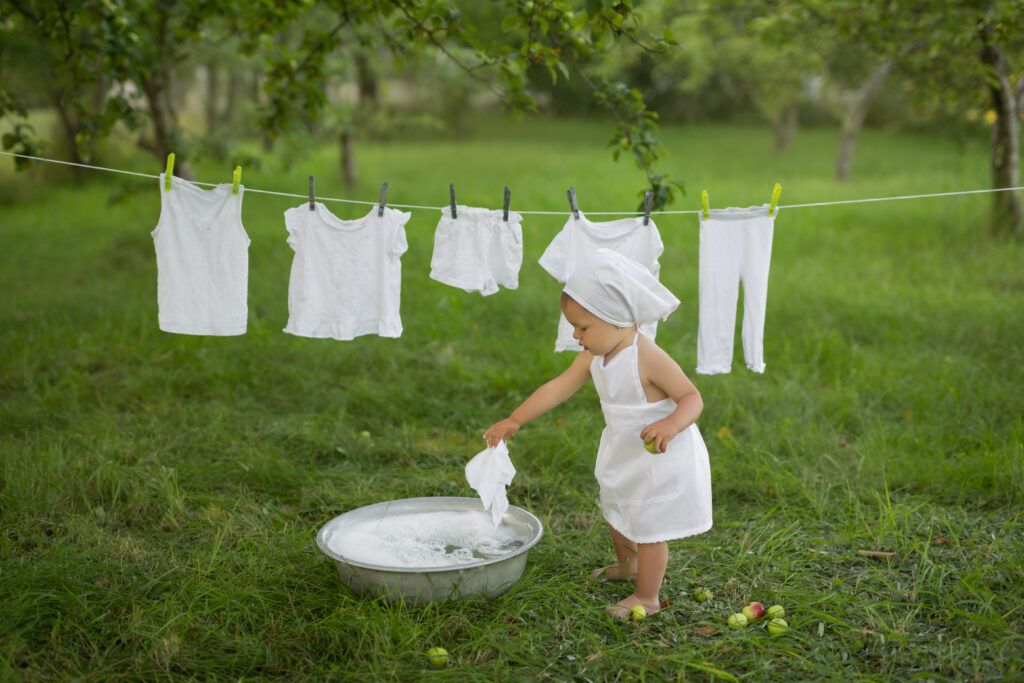
Caring for your clothing not only maintains their quality and appearance but also promotes a mindful and responsible approach to fashion. Proper care and maintenance of your clothing are essential for an eco-conscious minimalist wardrobe. By extending the lifespan of your garments, you reduce the environmental impact and save resources.
Caring for Clothing Properly
Follow these tips to care for your clothing:
- Read and follow the care instructions on the garment’s label to ensure proper washing, drying, and ironing methods.
- Wash your clothes in cold water, as it saves energy and helps preserve the color and fabric integrity.
- Air dry whenever possible instead of using a dryer, which can cause shrinkage and excessive energy consumption.
- Repair or alter garments with minor issues instead of discarding them. Sewing on a missing button or patching a small tear can significantly extend the lifespan of an item.
- Store your clothing properly, ensuring they are clean and dry before storage. Use breathable containers or garment bags to protect them from dust and pests.
In Conclusion
Embracing the principles of slow living and minimalism in your wardrobe is a transformative journey towards a more sustainable and intentional lifestyle. By prioritizing staple items, shopping second hand, and caring for your clothing, you can build an eco-conscious minimalist wardrobe that aligns with your values and reduces your environmental impact. This shift allows you to simplify your choices, cherish the pieces you own, and embrace a more mindful approach to fashion. With each intentional purchase and act of care, you contribute to a more sustainable future and inspire others to join the movement. Let your wardrobe become a reflection of your values and a catalyst for positive change.
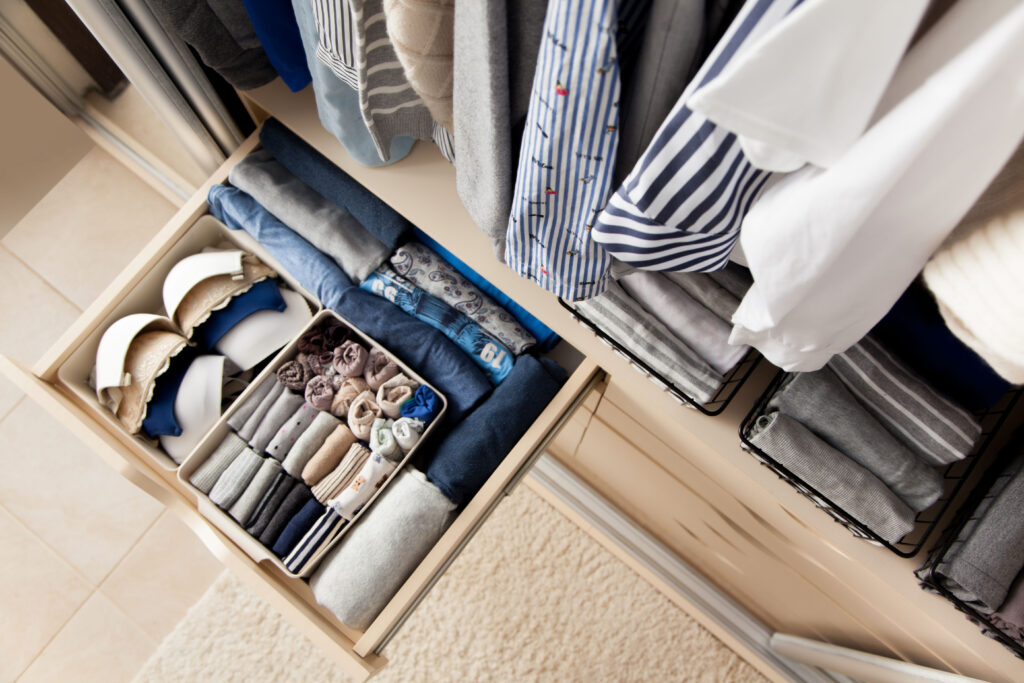
Written By
Alexander Coronado


